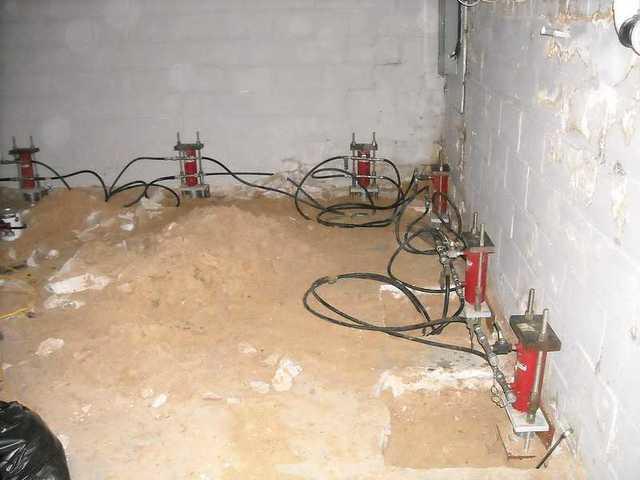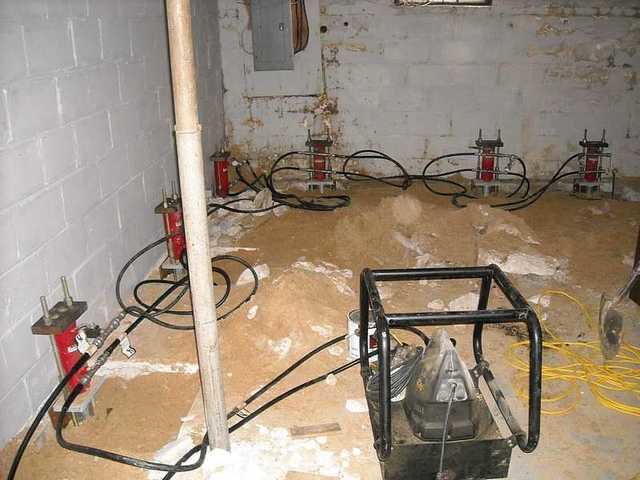
Large cracks in the brick exterior
Many homes have a red brick facade. Given the age of this home, these bricks are most likely a structural aspect of the home and not just for looks. When large cracks are visible it means the red bricks are experiencing great amounts of pressure. This can make them degrade much faster than normal.

"Stair step" cracks
This crack is what we commonly refer to as a "stair step" crack because it looks like stairs. It is just one way that a crack can appear when a home settles unevenly. Often times it happens on the corner and causes a twisting motion that can be a sign of a big problem.

Twisting motion causes brick to pop out a little
There is no place for the wall to bow out in the corner like it would in the center. This causes the corners to pop out a little. Often times the pressure at the corners is immense.

Huge crack in the ceiling
This room is plaster, because it is an older home. Most modern homes are done in drywall. Cracks in plaster and drywall look very similar. They are usually the first thing people notice when it comes to foundation problems.

More ceiling cracks
Often times the cracks will span all over the room. They can become an annoyance to a homeowner and will only continue to get worse unless underlying problem is fixed. Many times people will 'fix' these cracks with paint just to find out they reappear a short while later.

Another sign of a settling foundation
Aside from cracks in the walls and ceiling, look at the crown molding and baseboards. Many times you will see a separation that indicates a settling foundation. When you see these gaps, you should call right away for a free assessment of the problem.

Lifting equipment
The piers are all connected to the same pump, this ensures an even lift.

Lifting the piers
Once the push piers are installed, the slight leveling or lifting takes place. This is always done at the homeowner's discretion. It is almost always a very slight lift, just enough to restore some balance in the home.

Finished product
The holes are filled in and the concrete is poured. Once the wet concrete is dry, the basement floor will be good as new. Due to the age of this home, the brackets show just a little bit. On modern homes the floor and footer are thicken and the entire bracket is usually below the surface.



